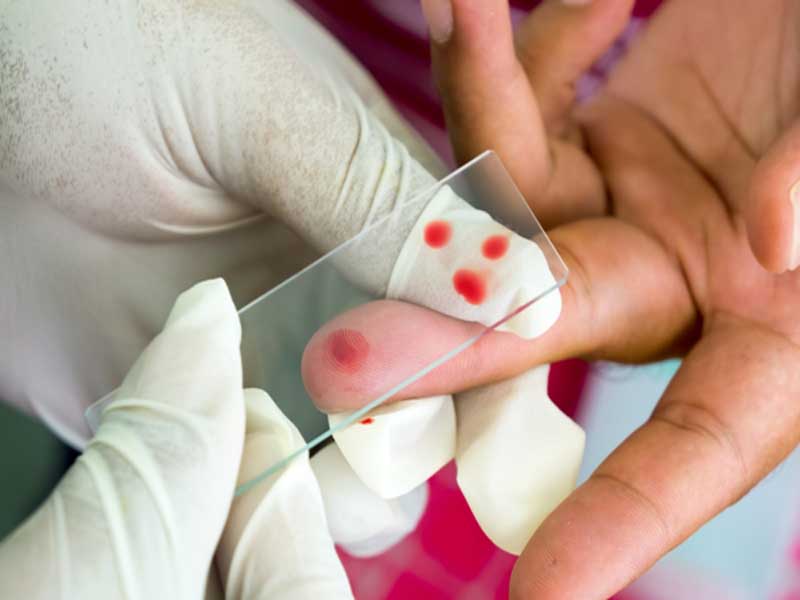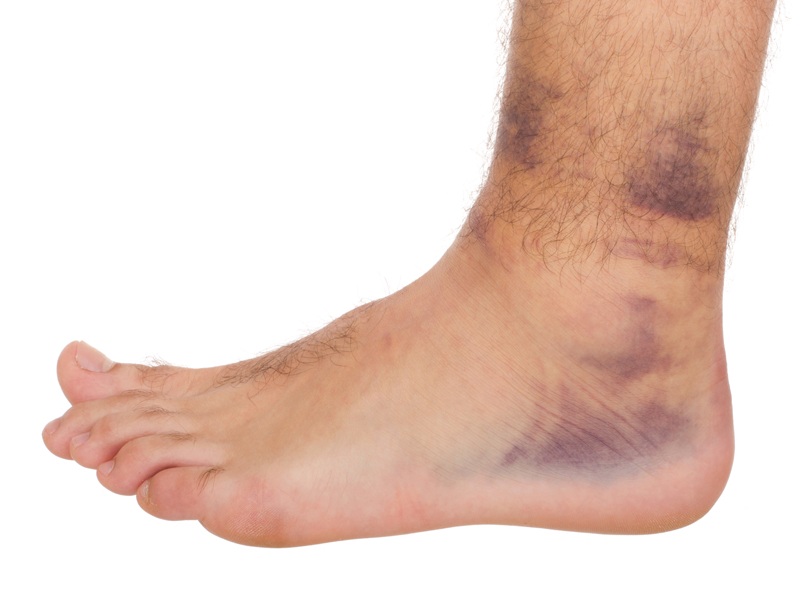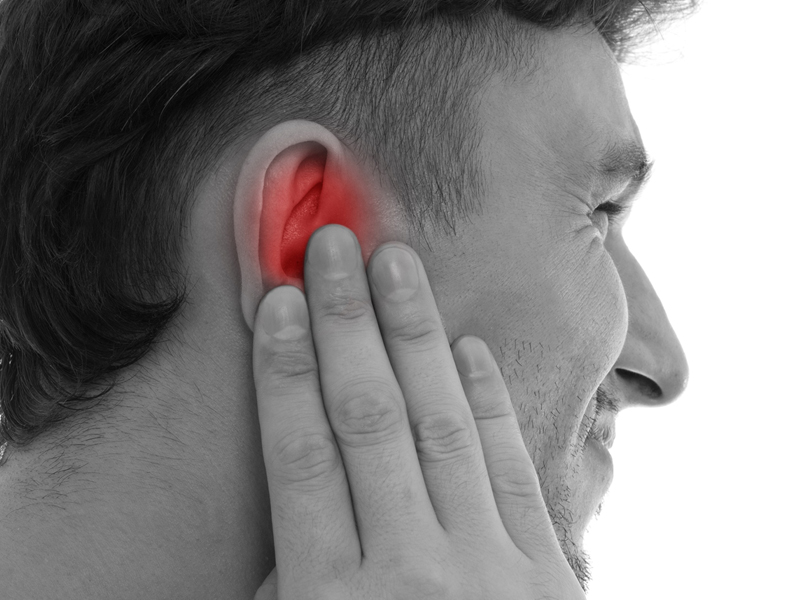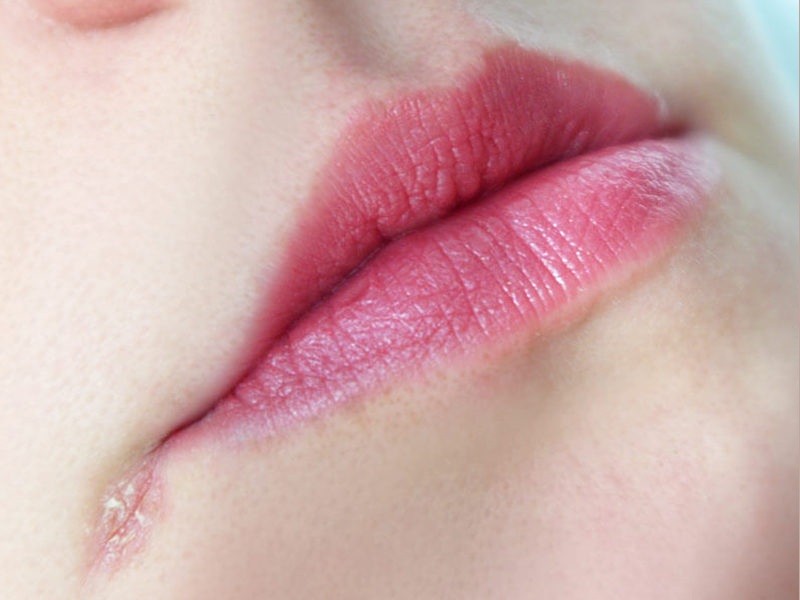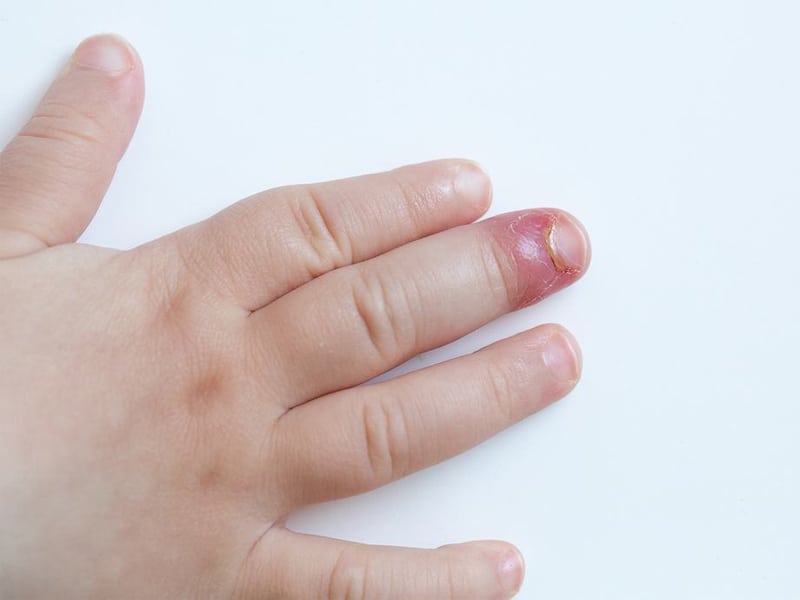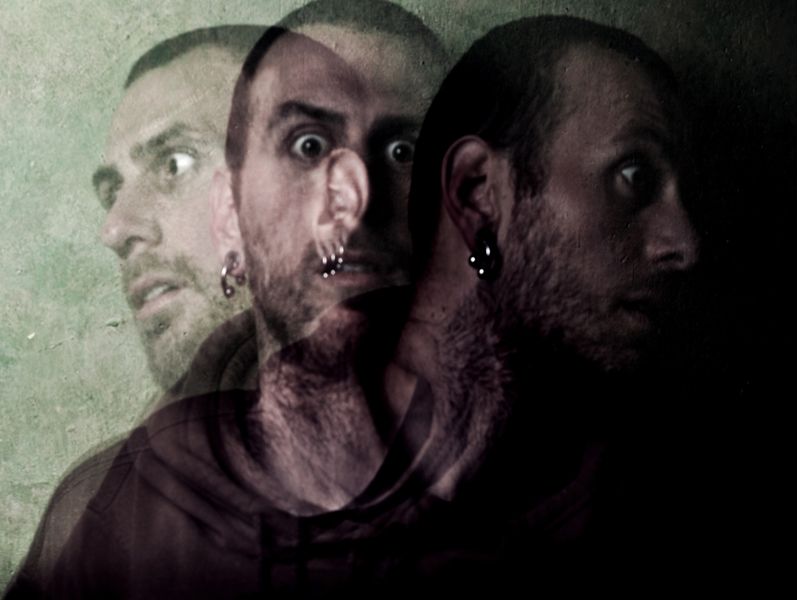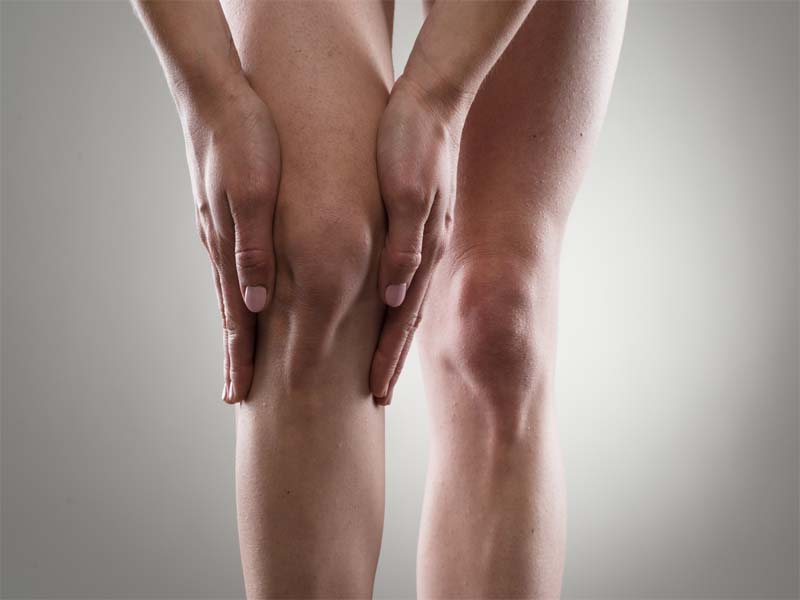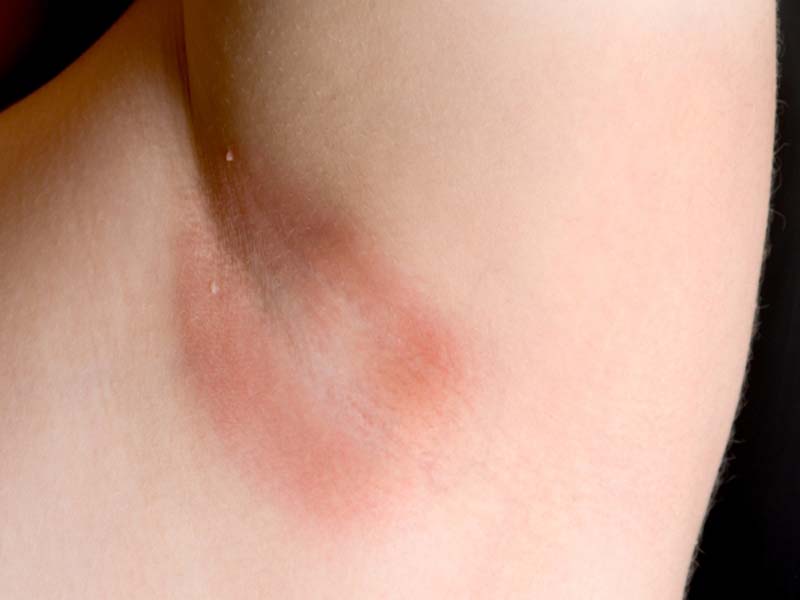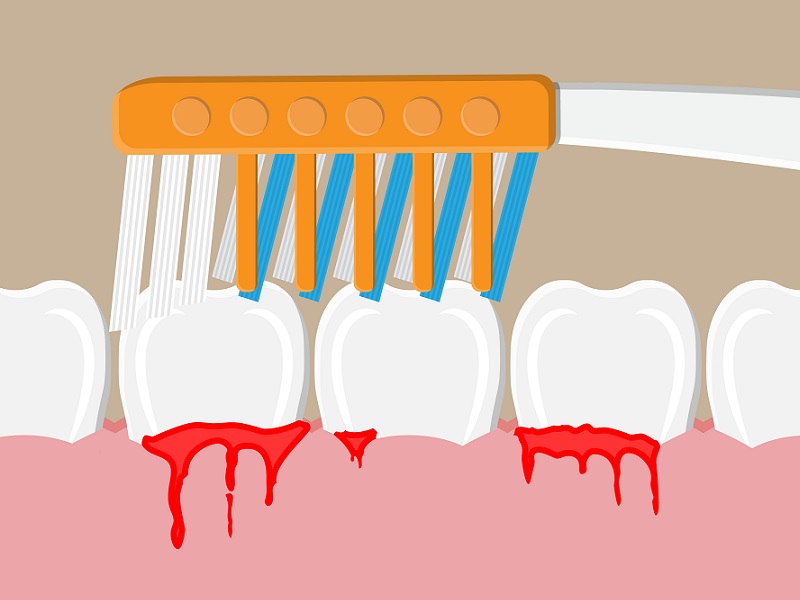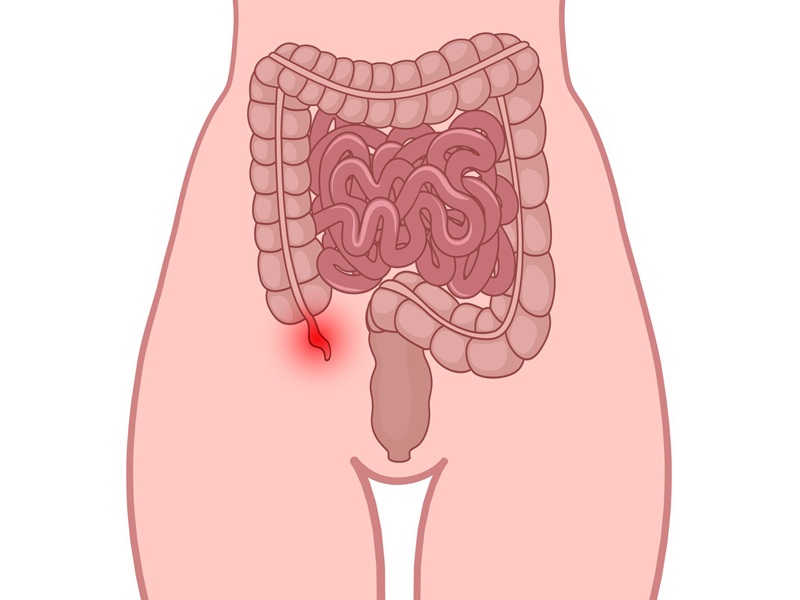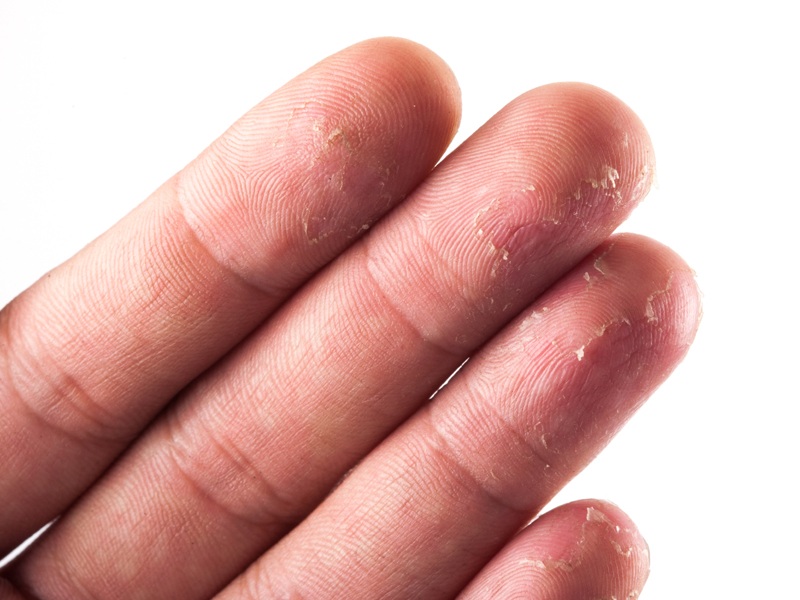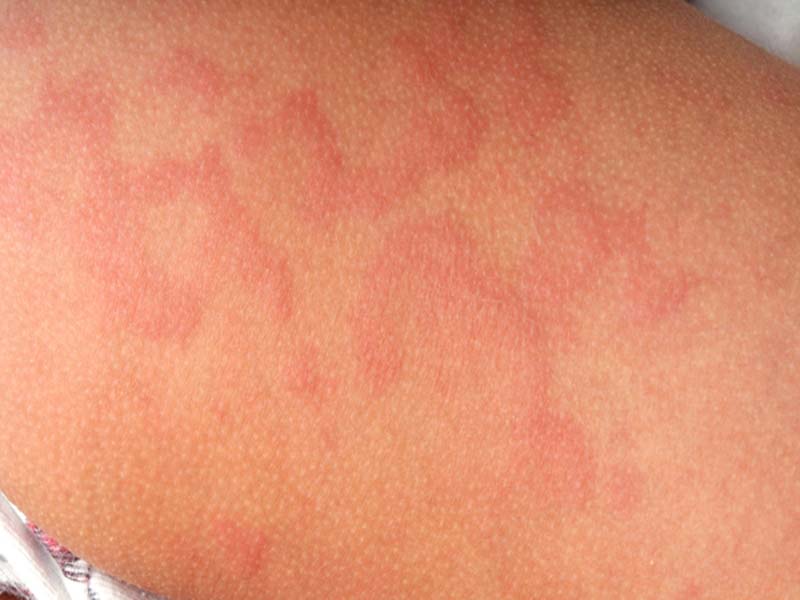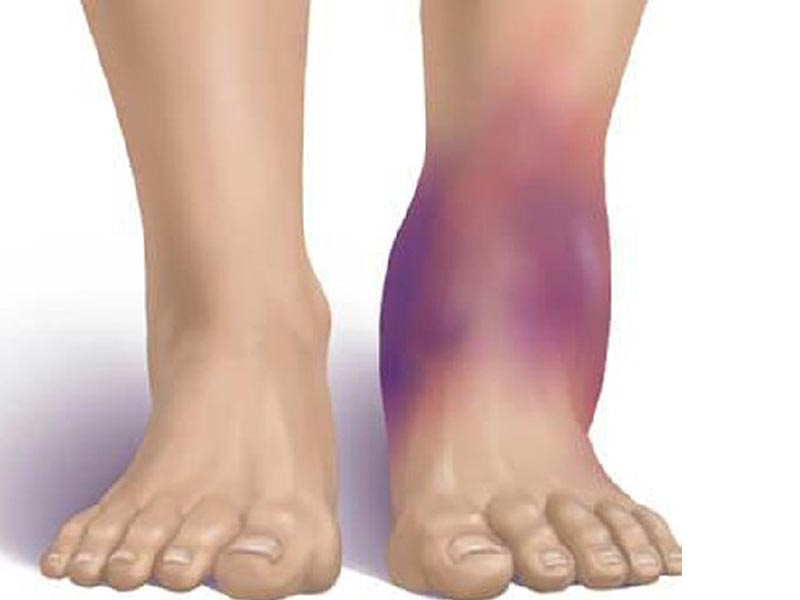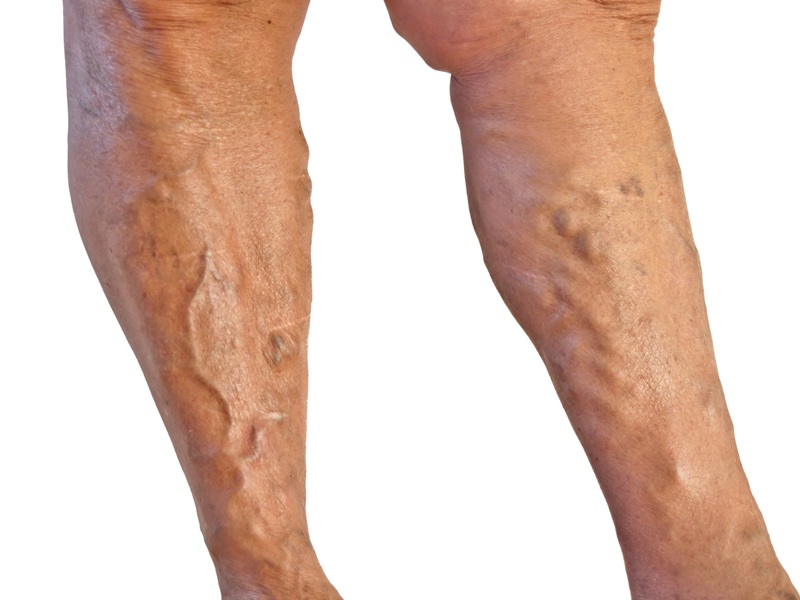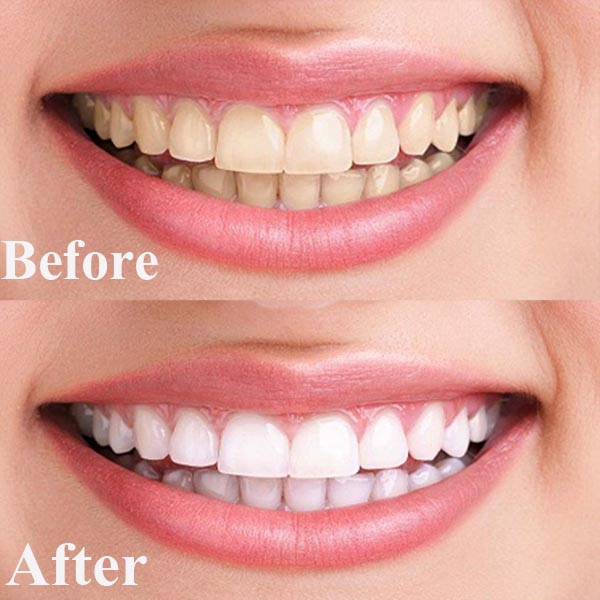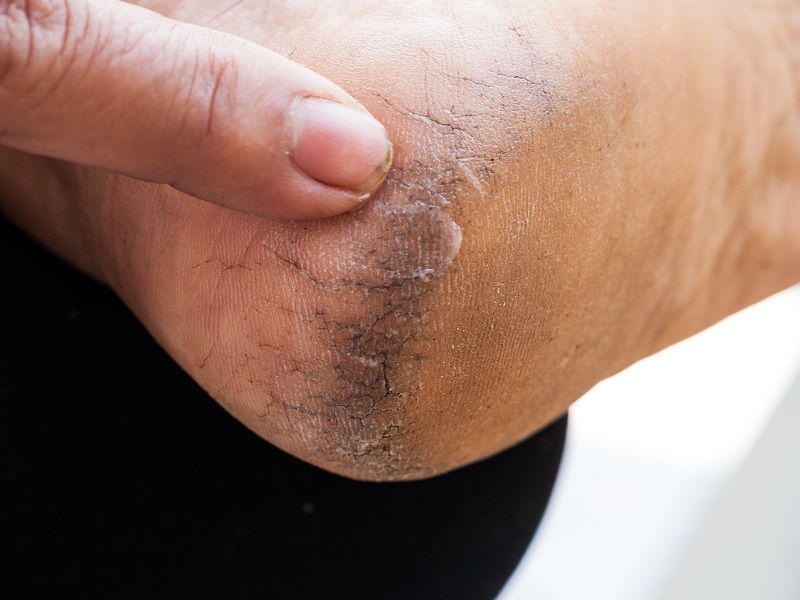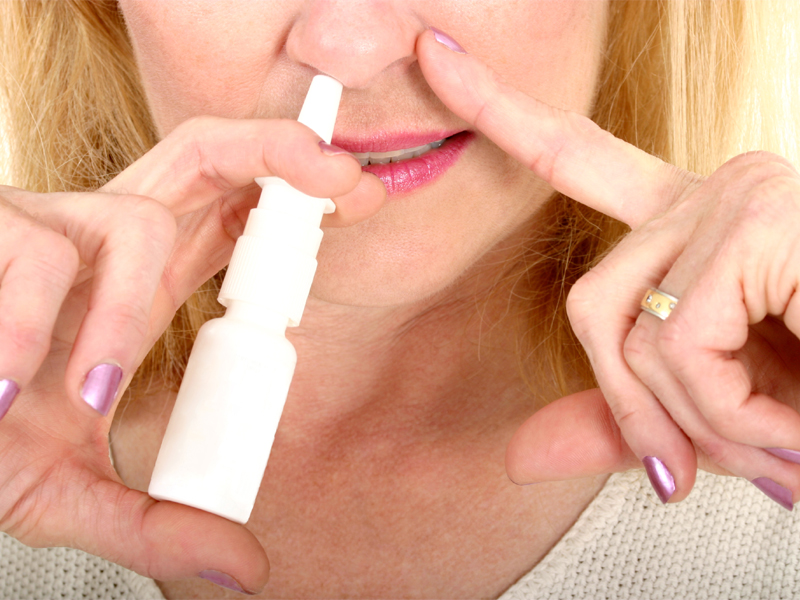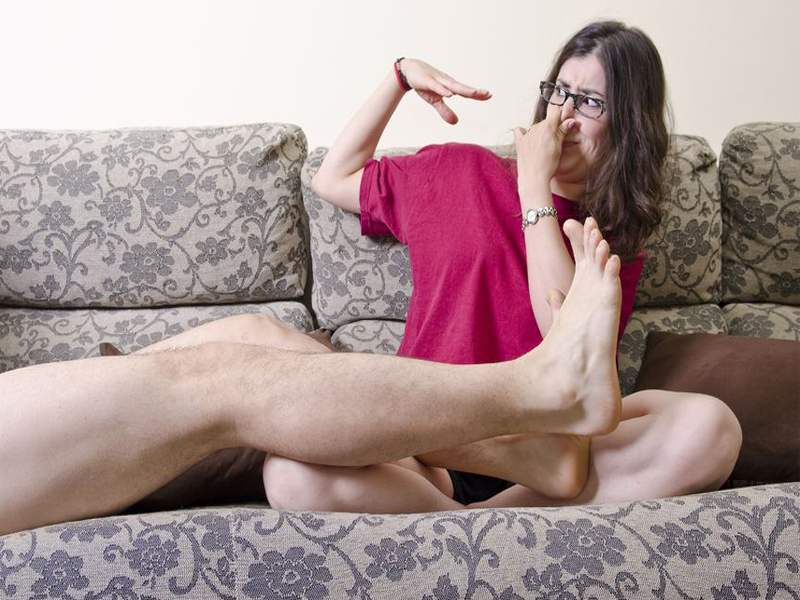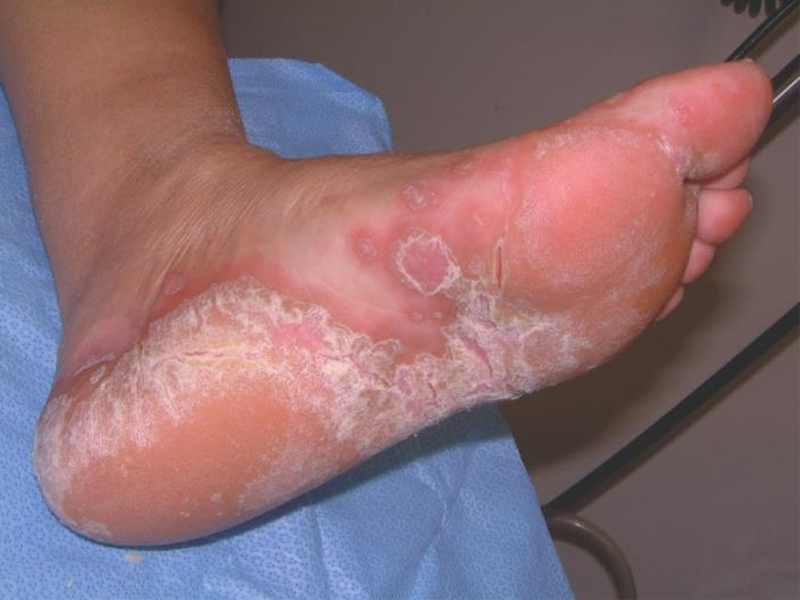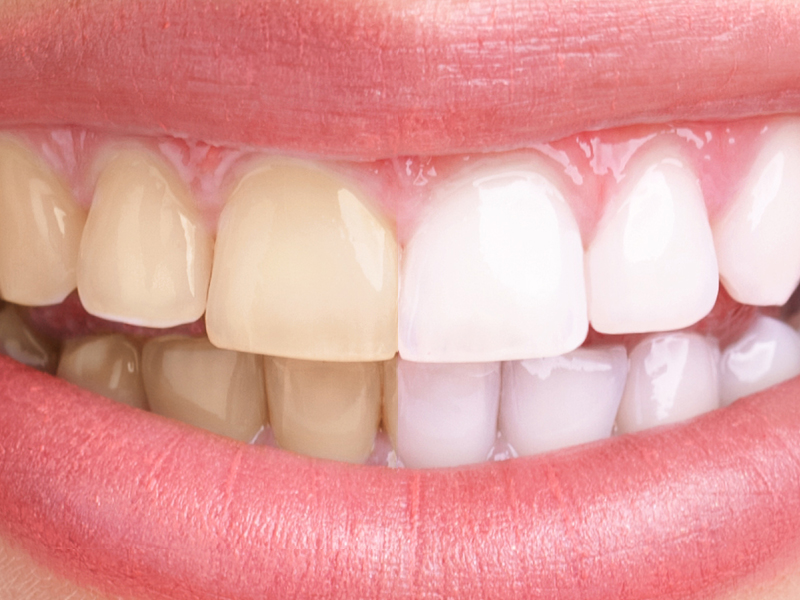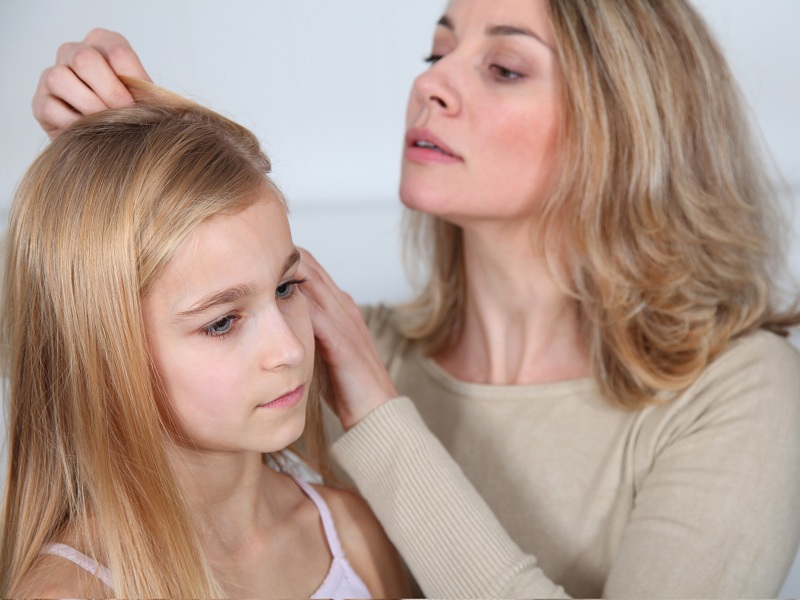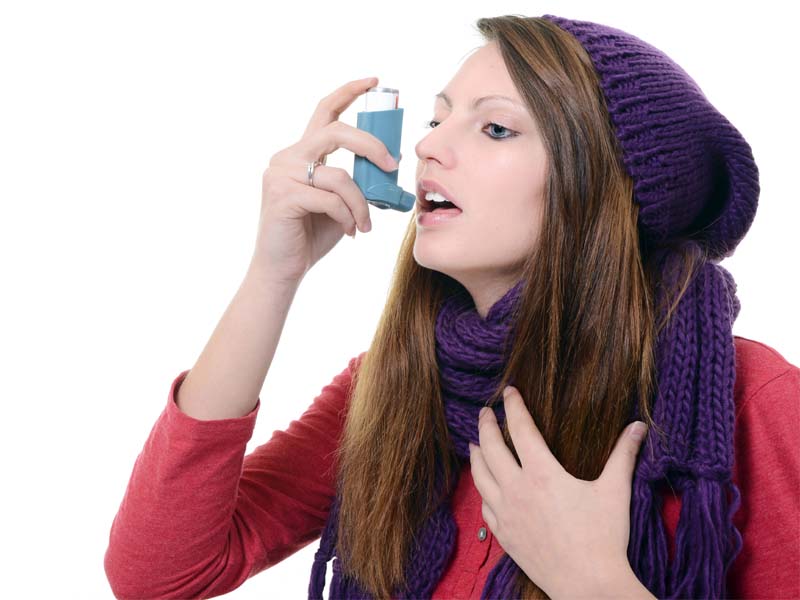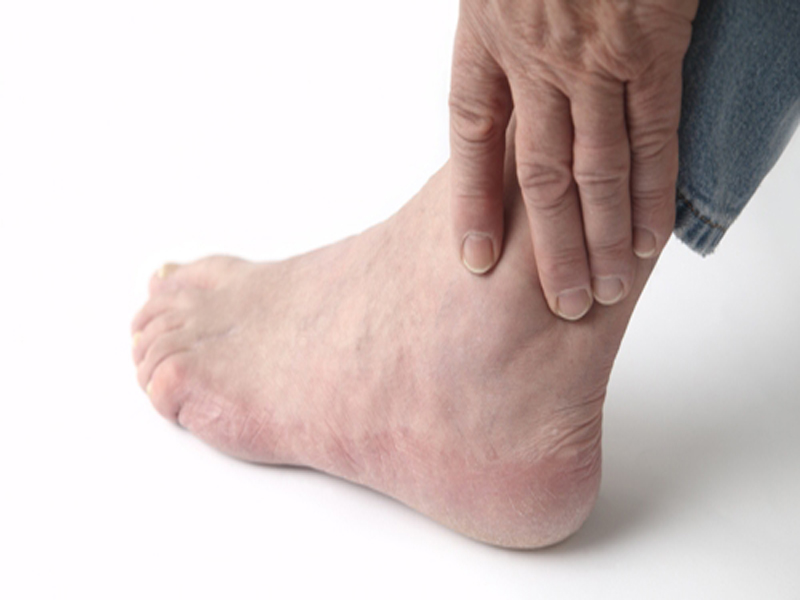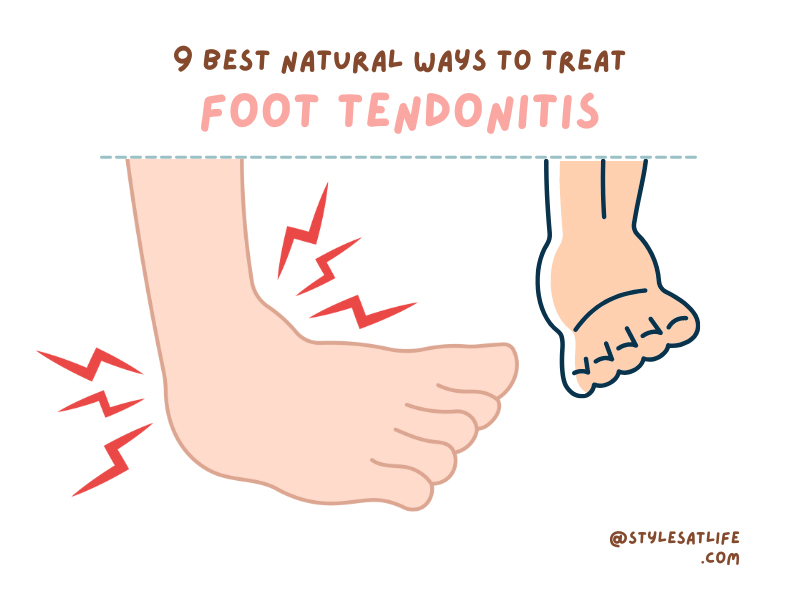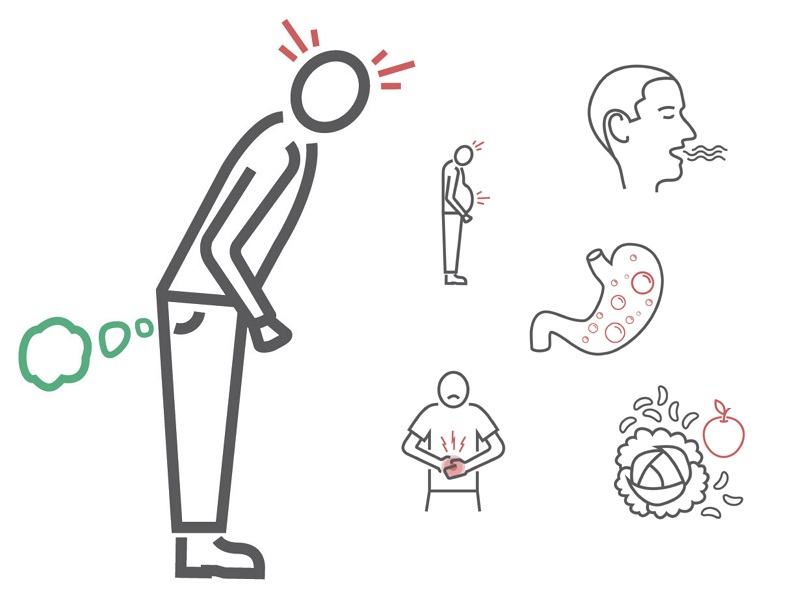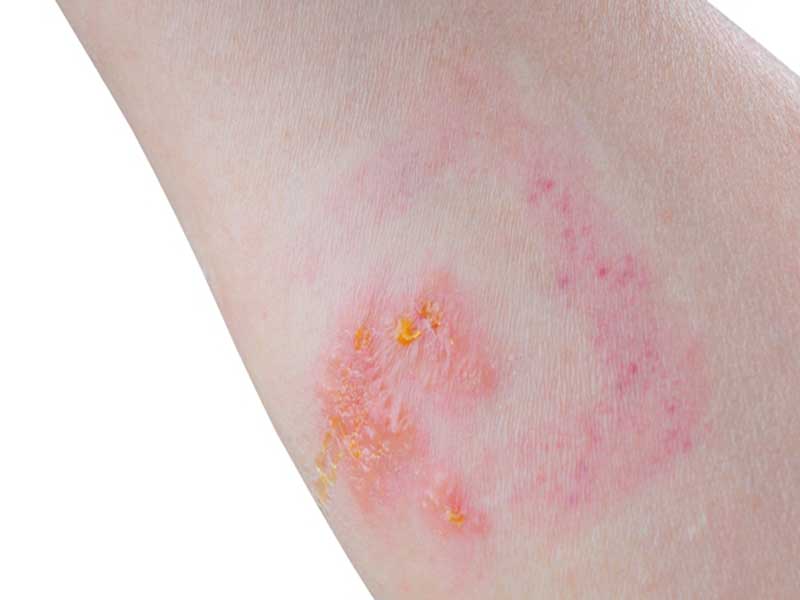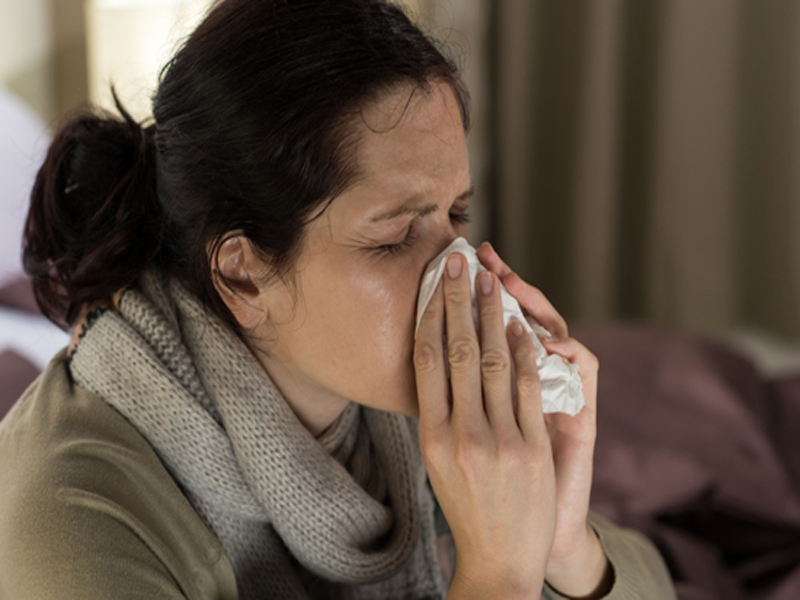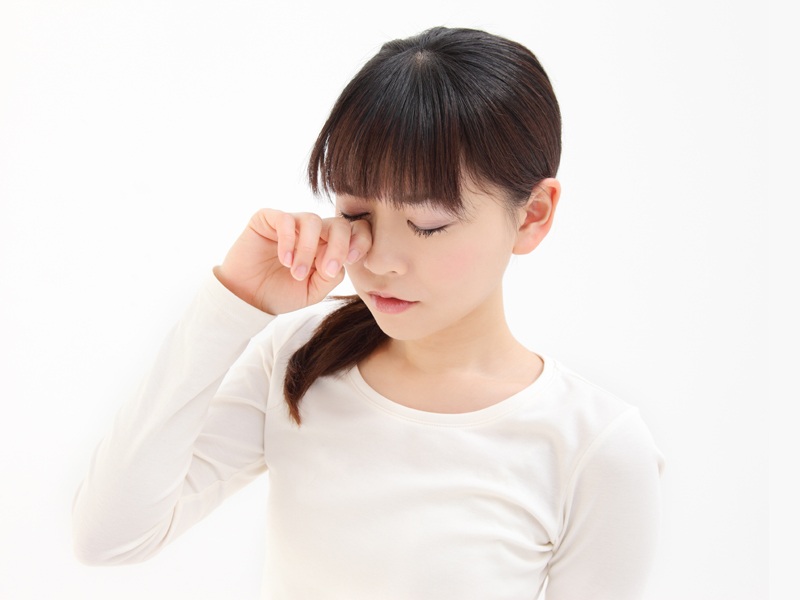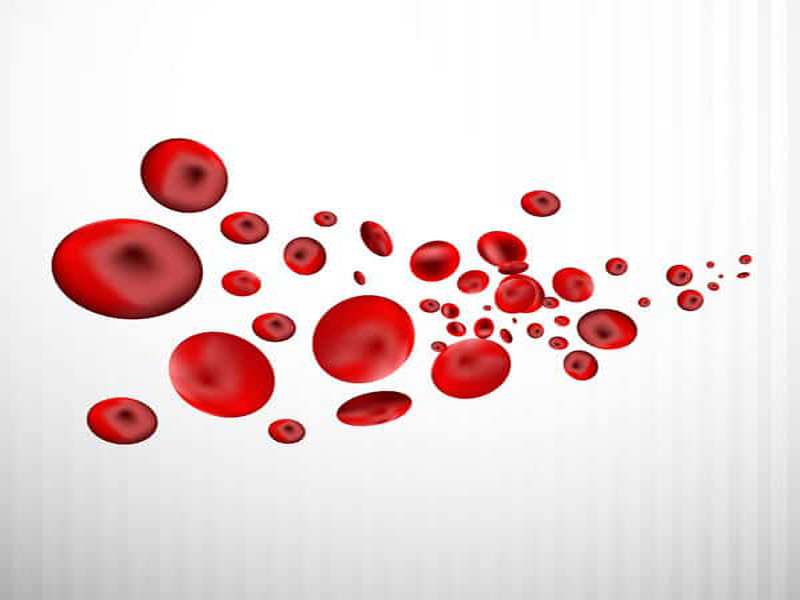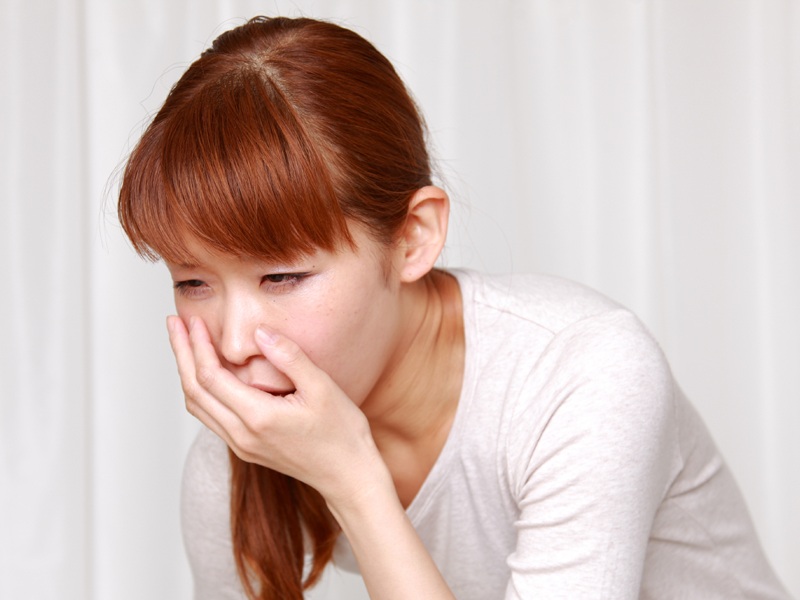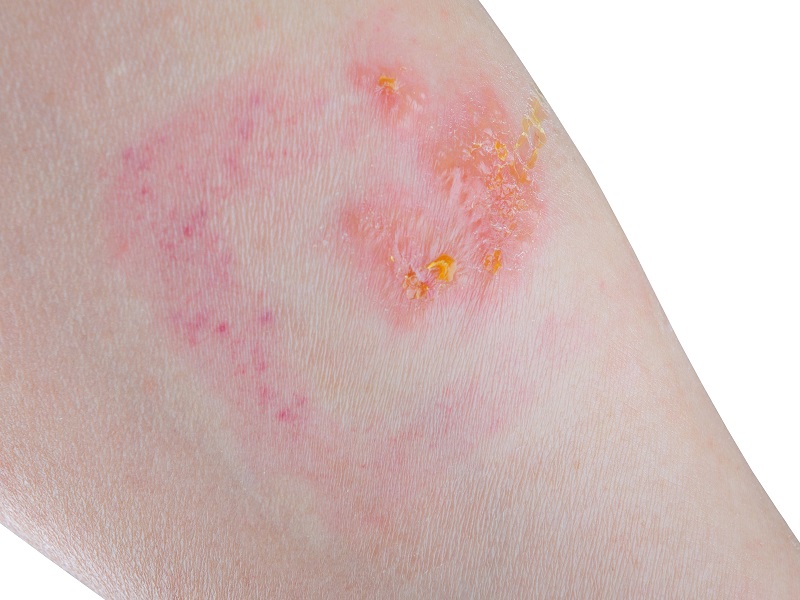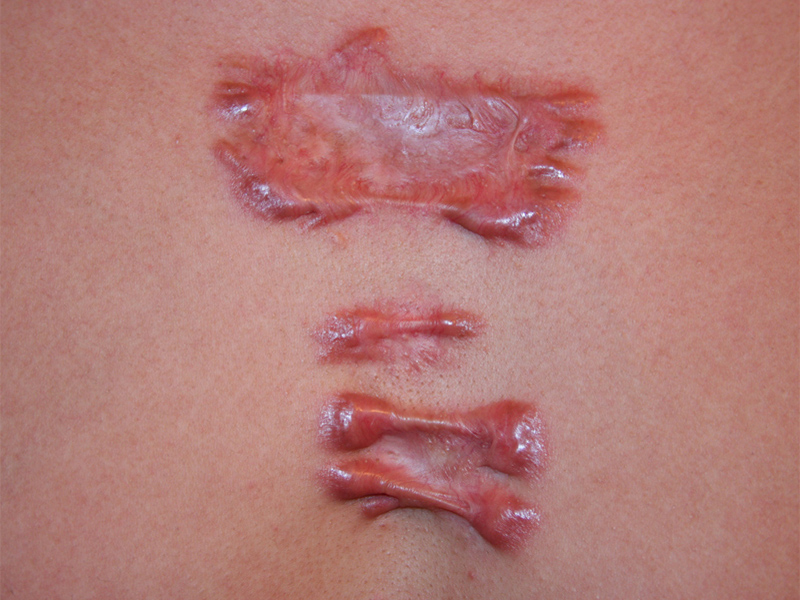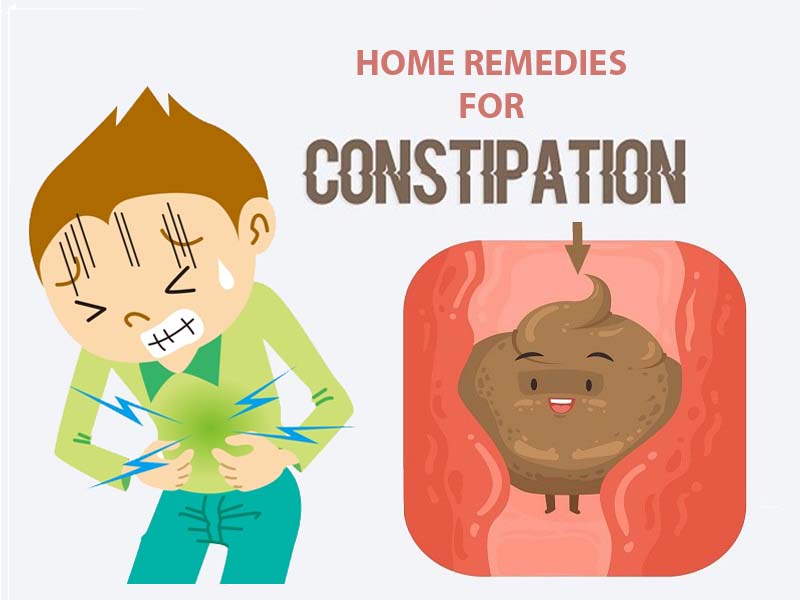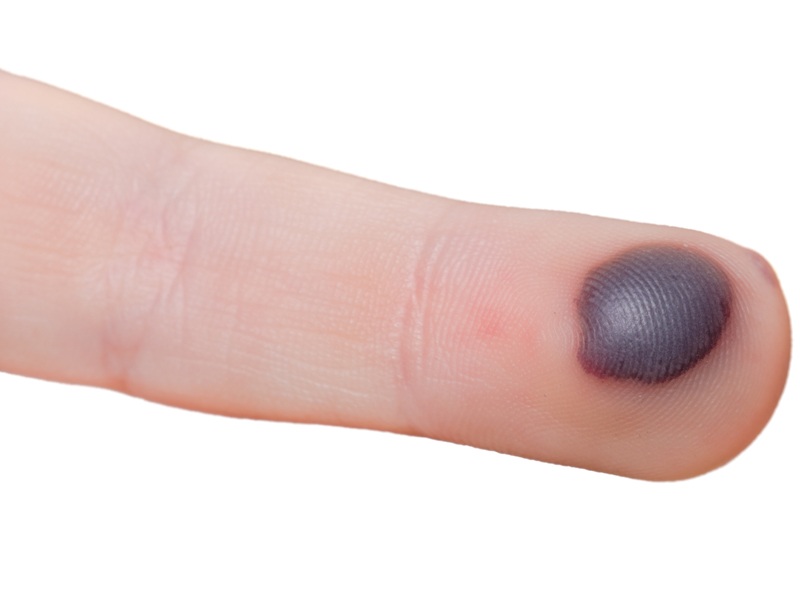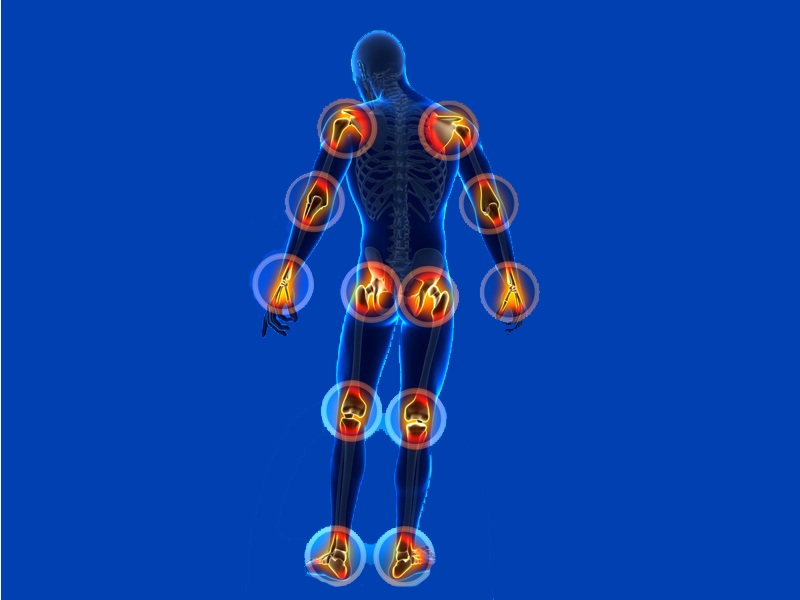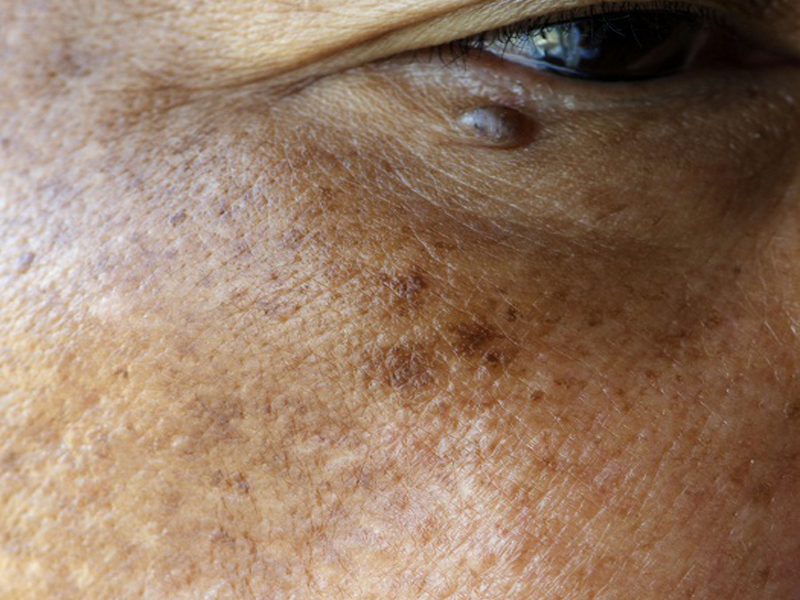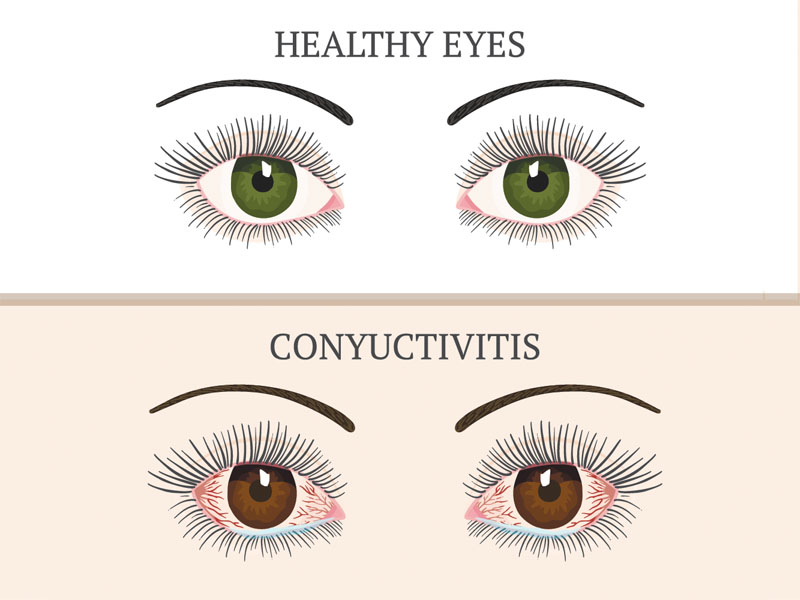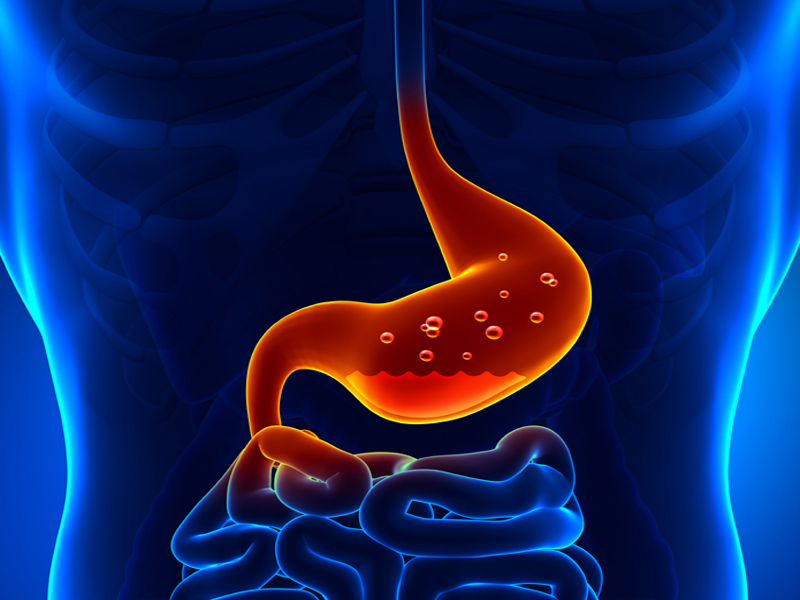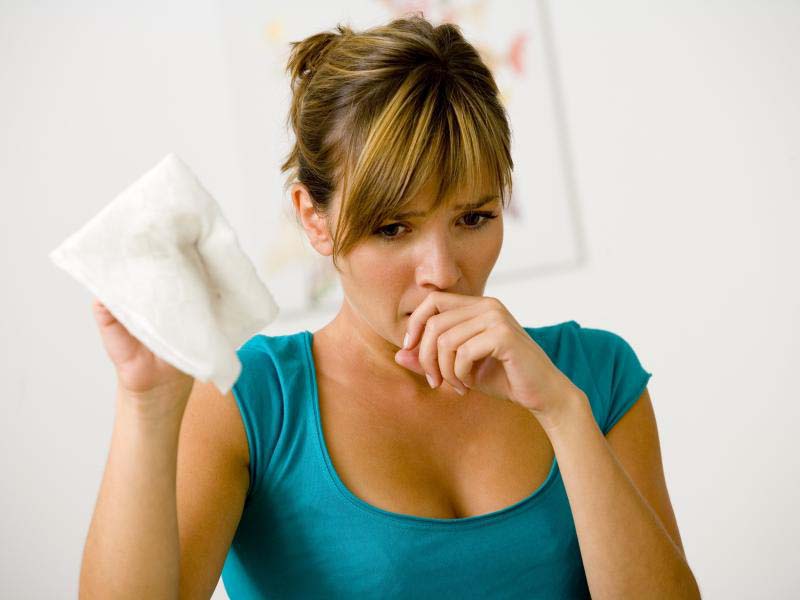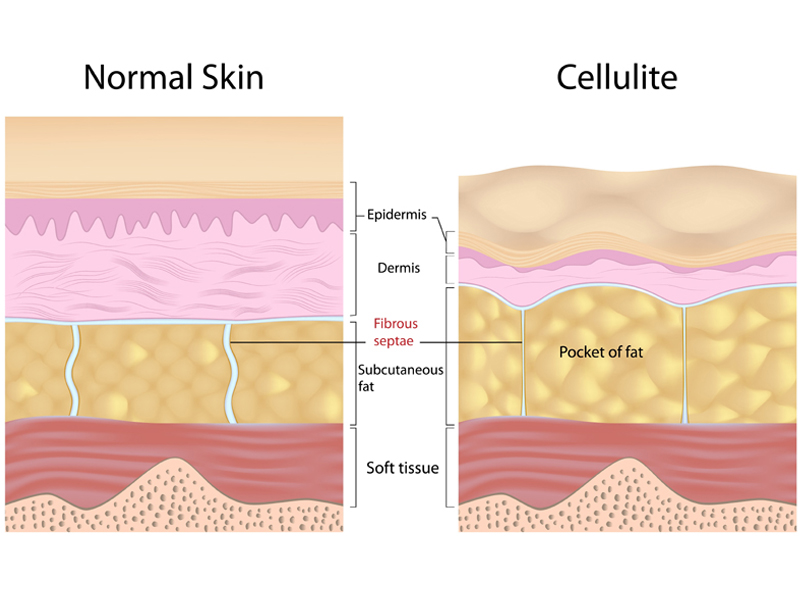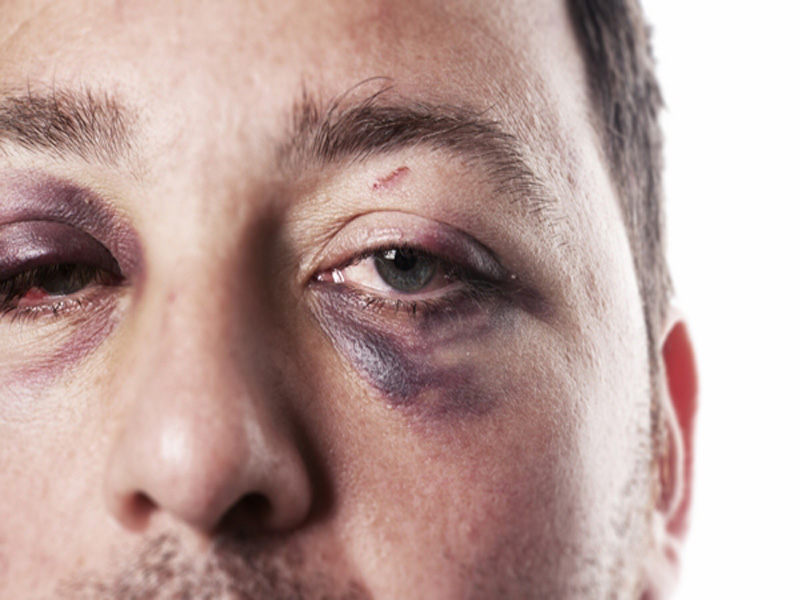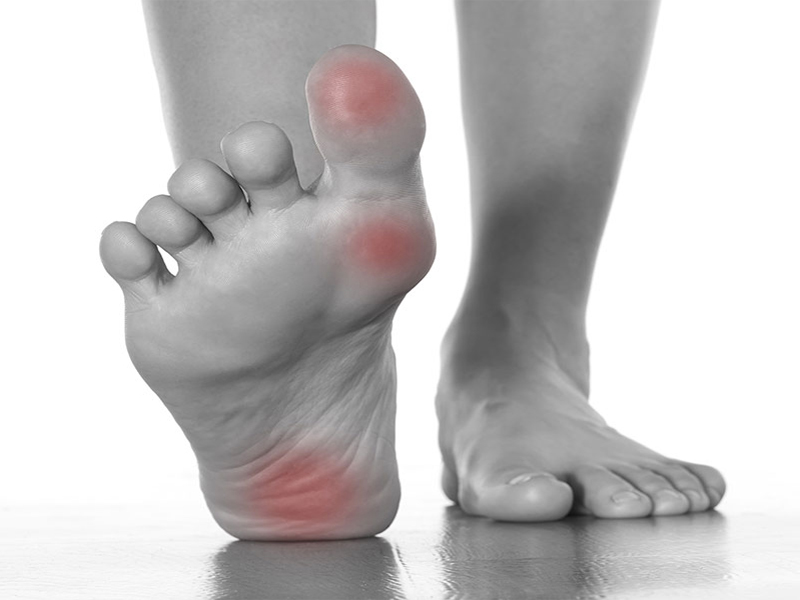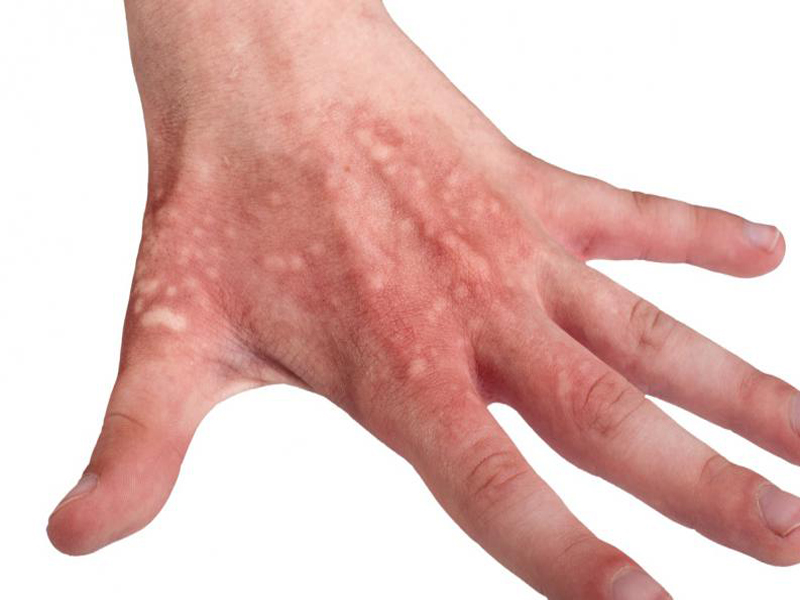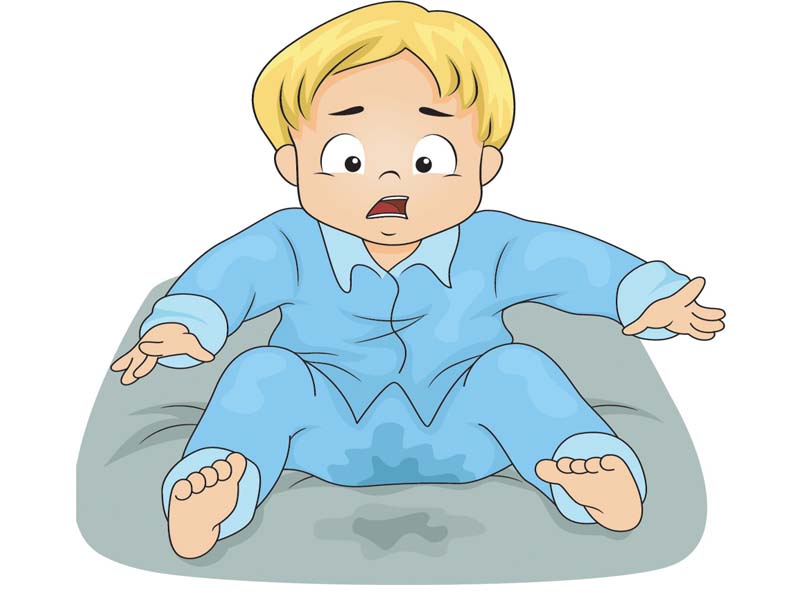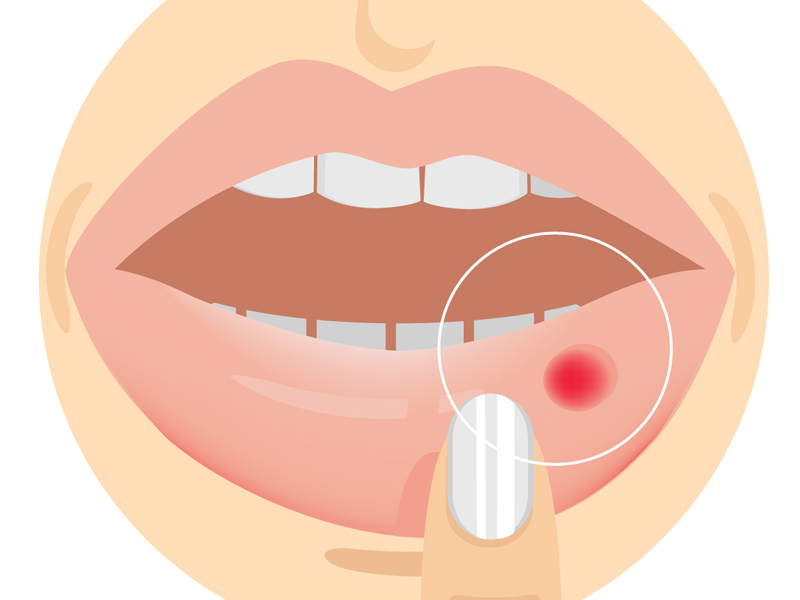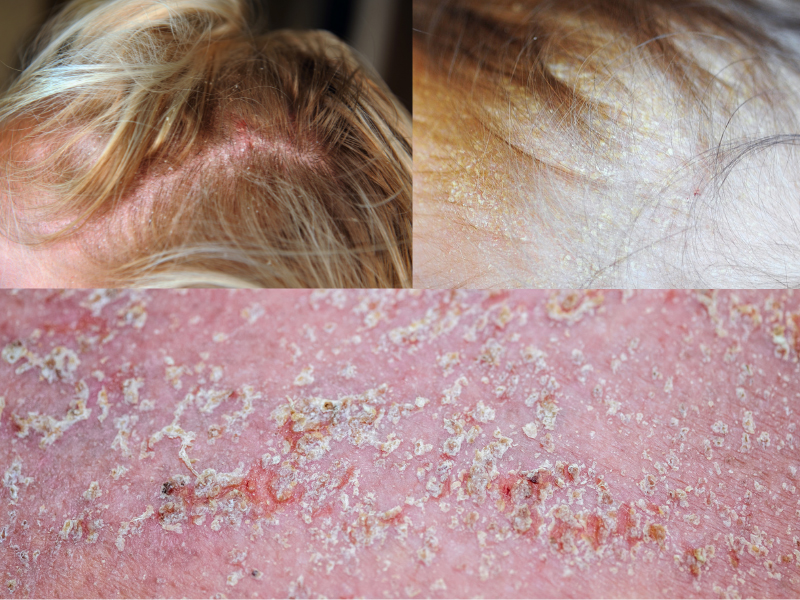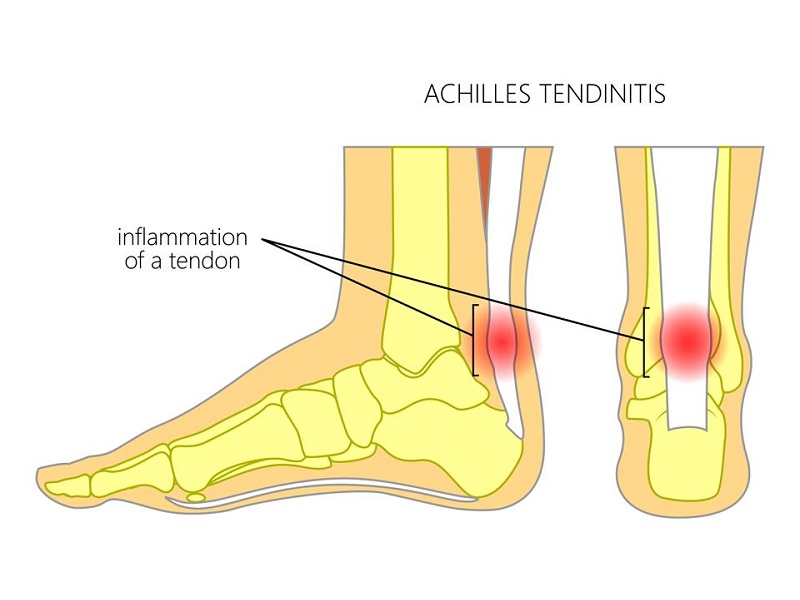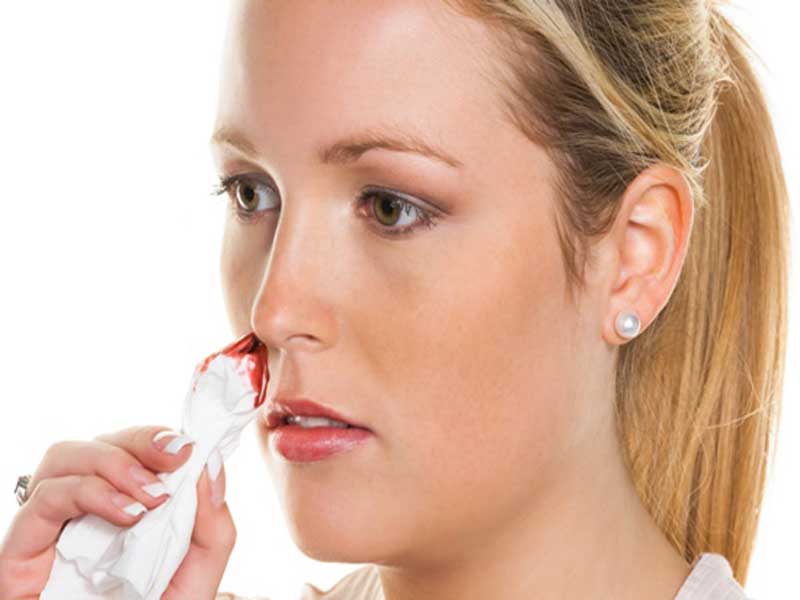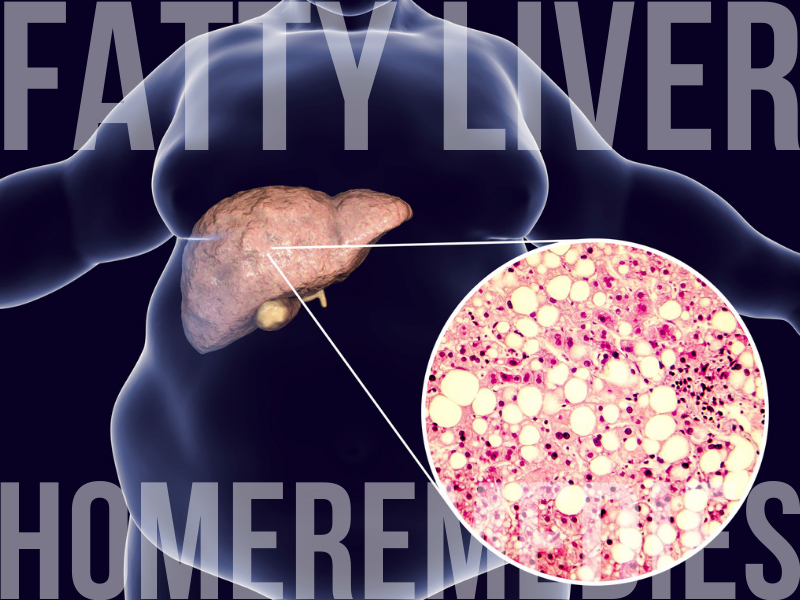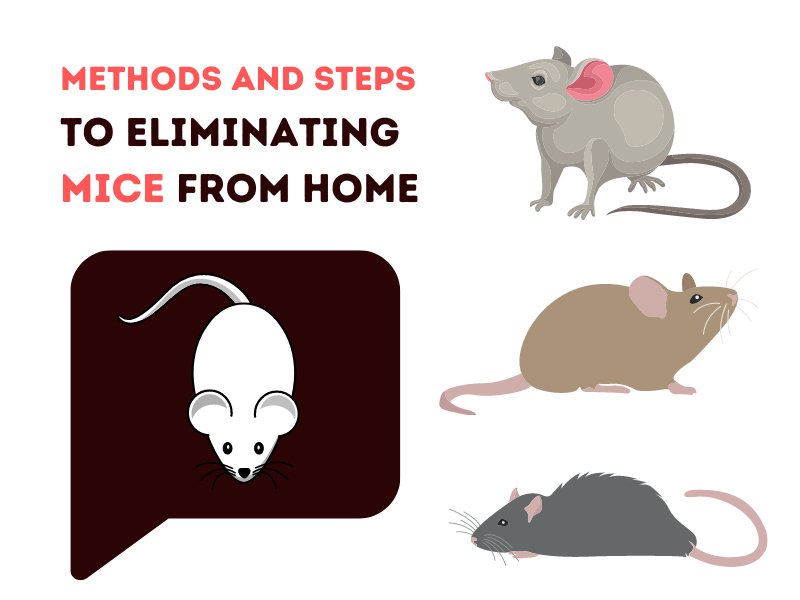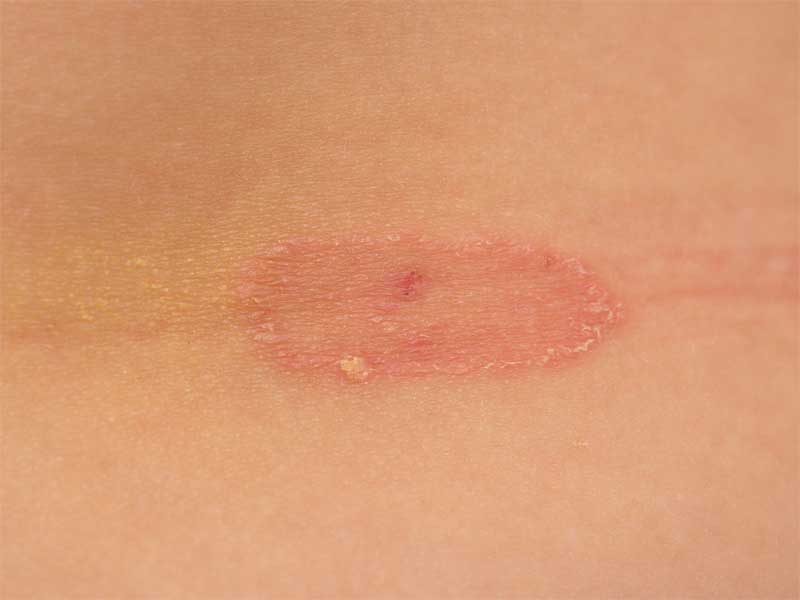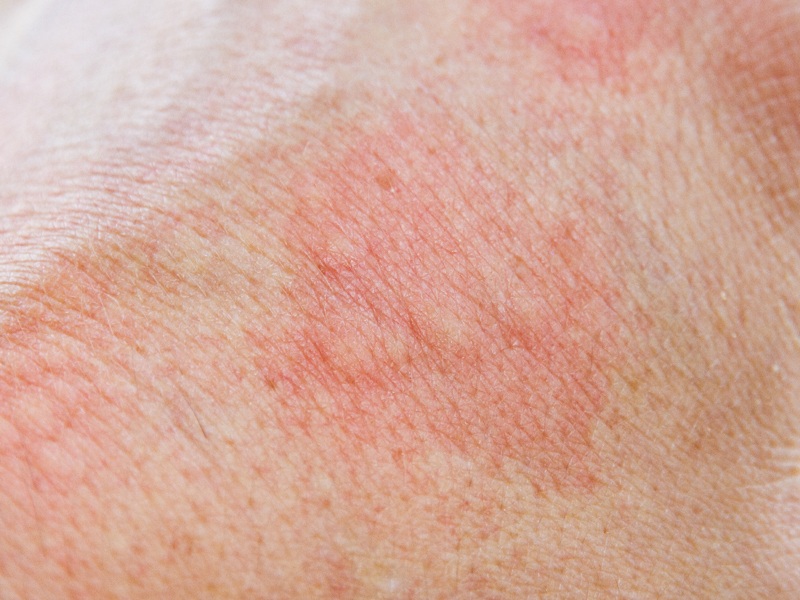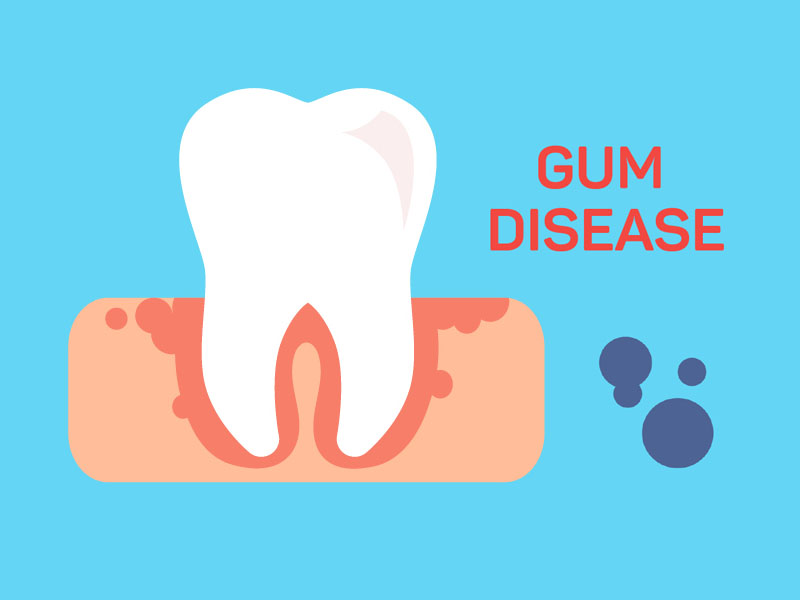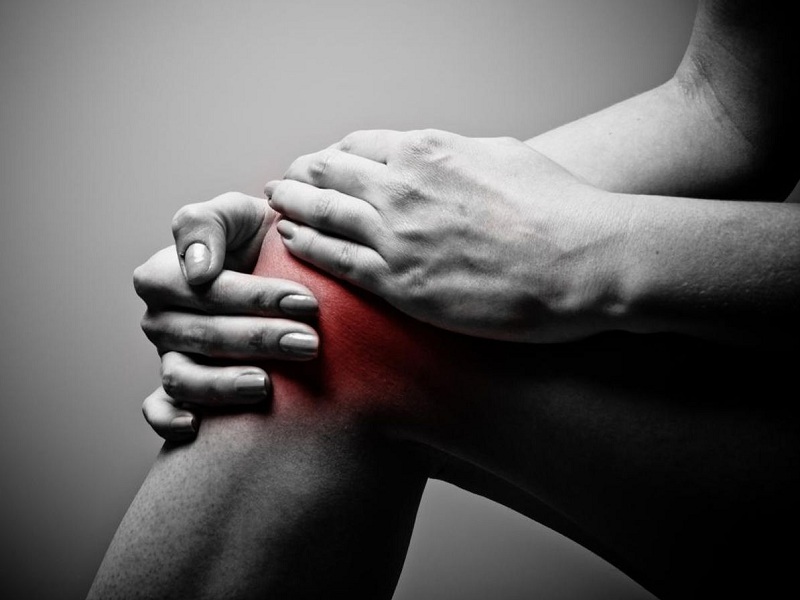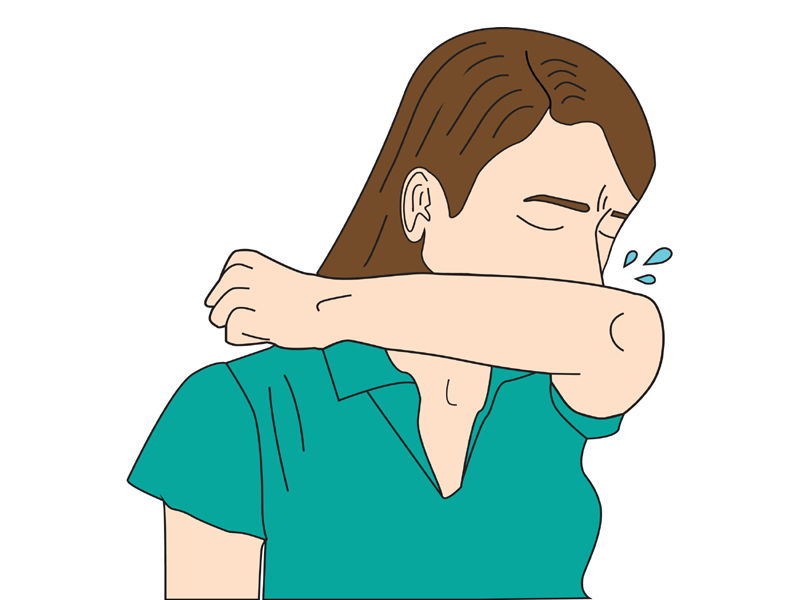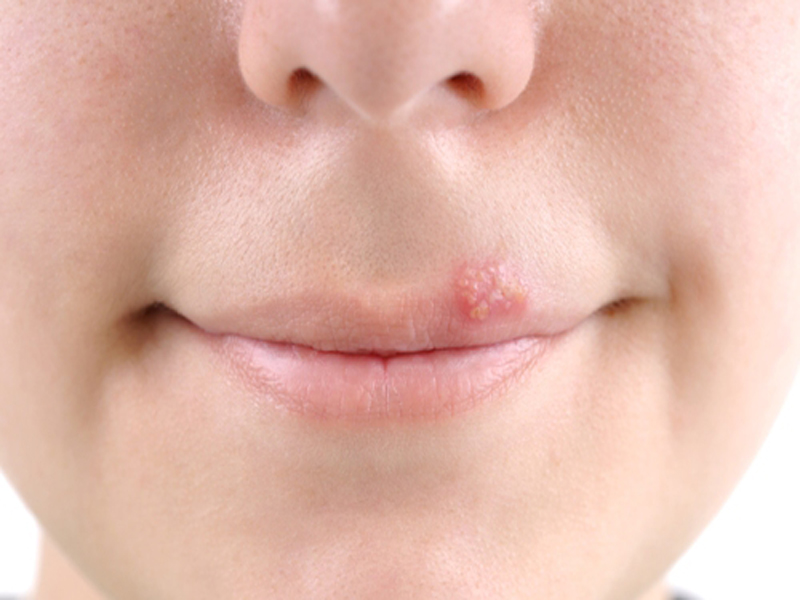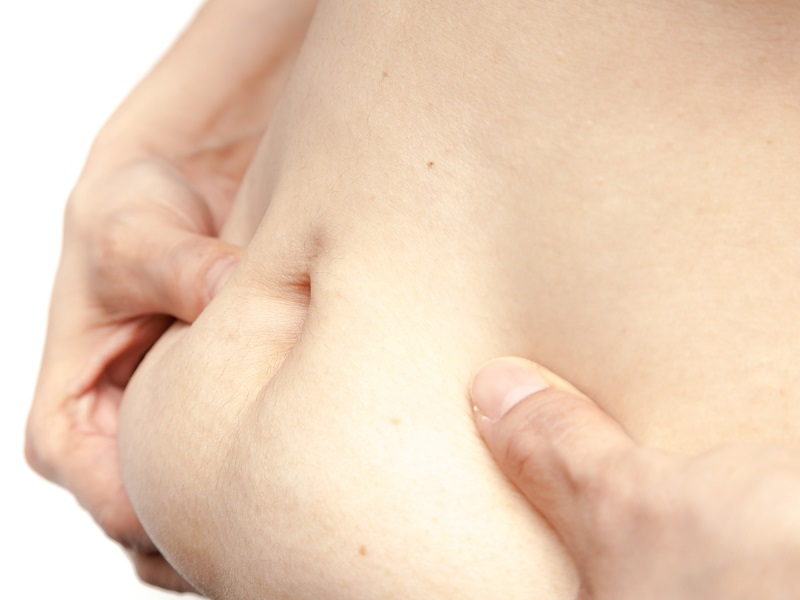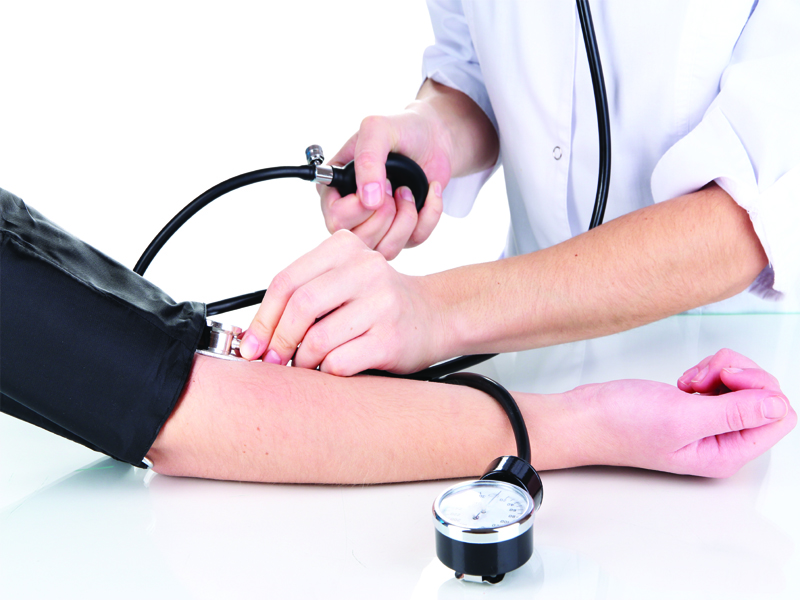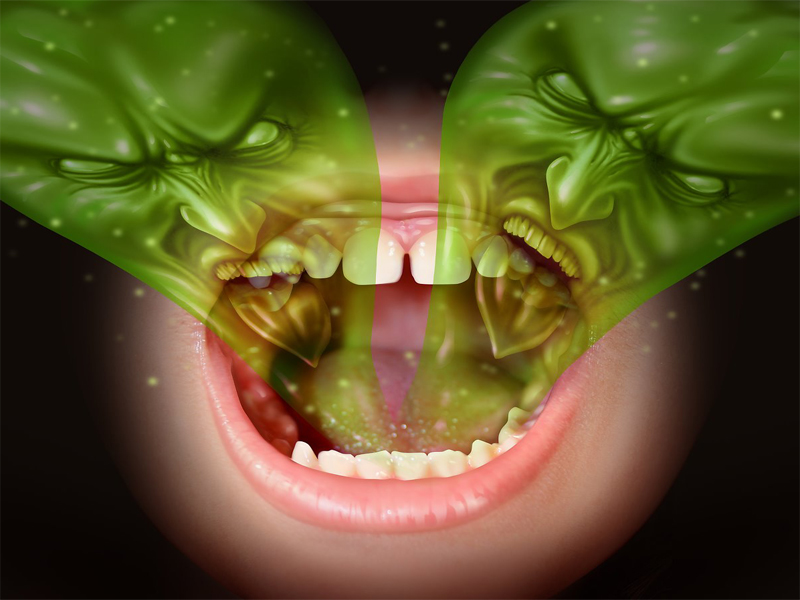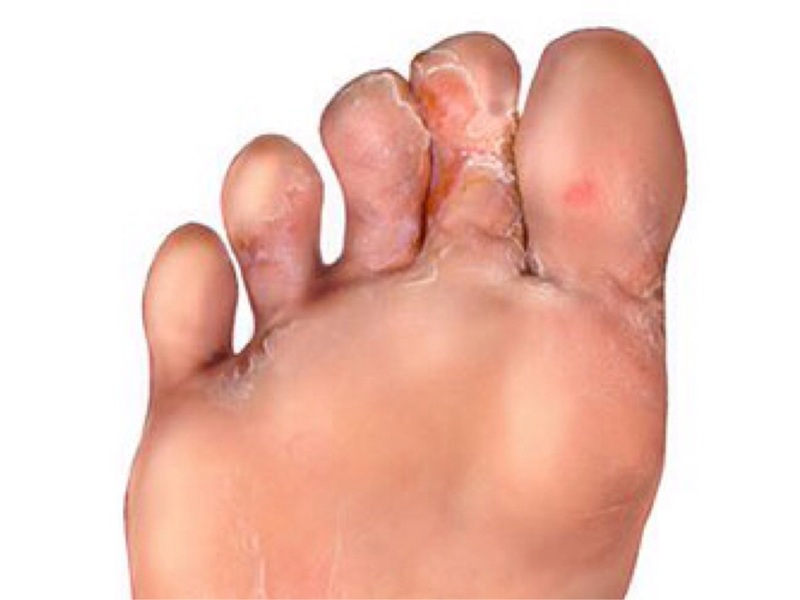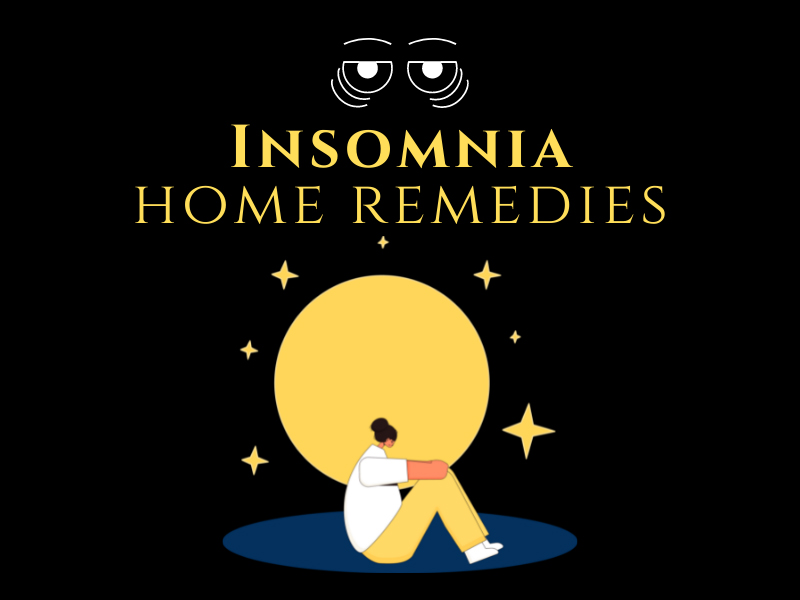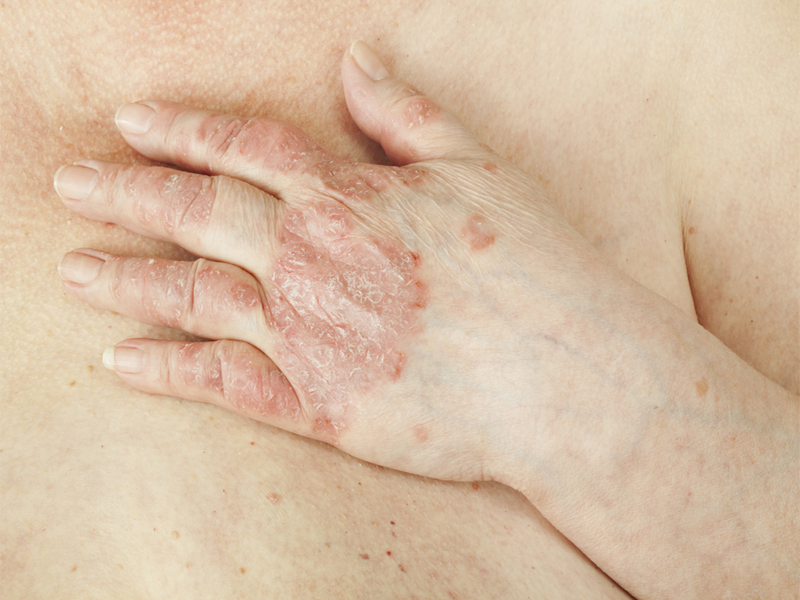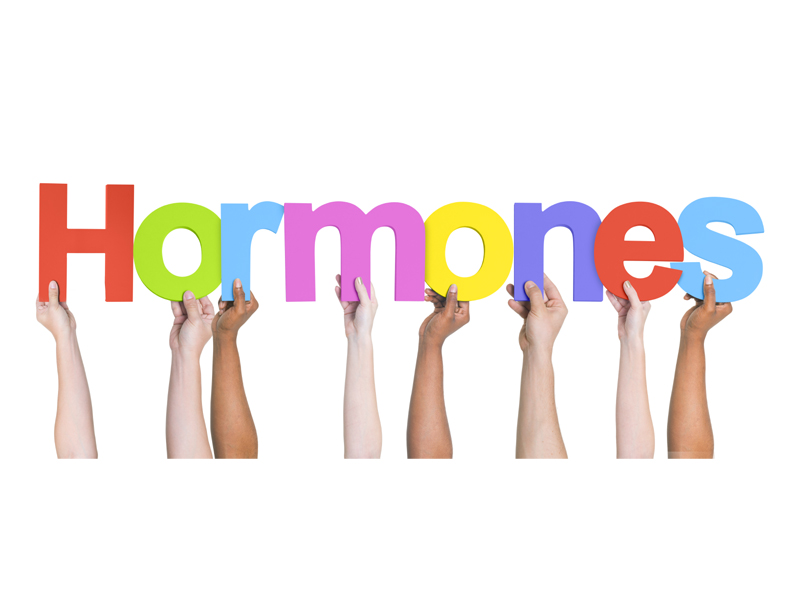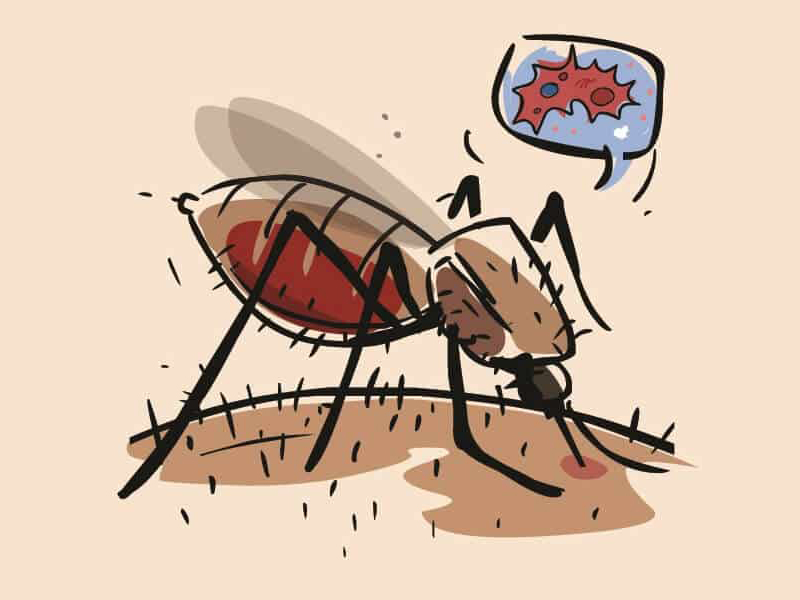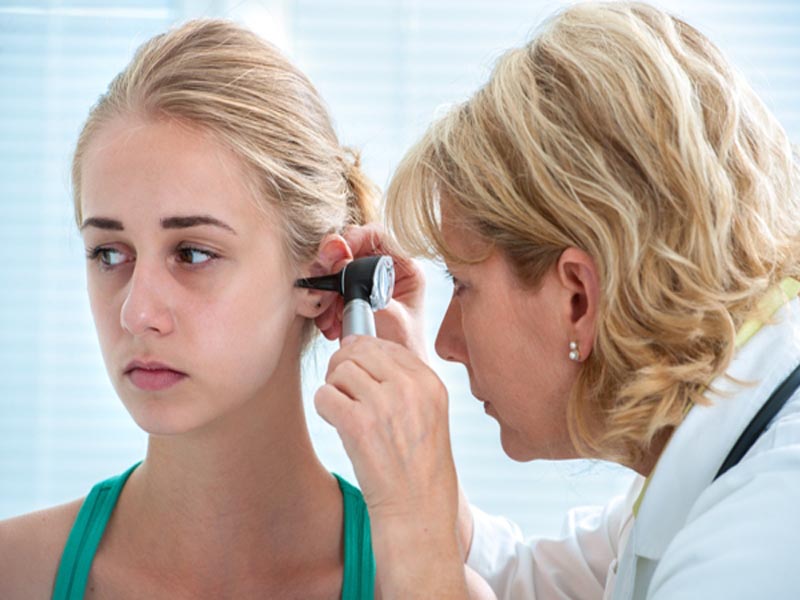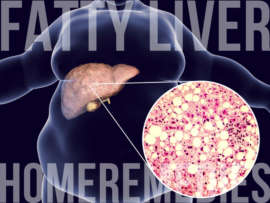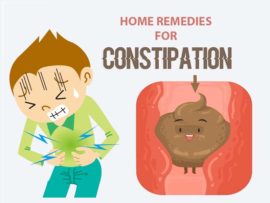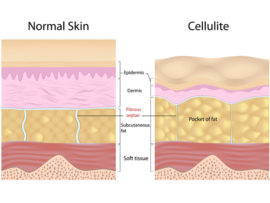Are you suffering from bell’s palsy disease? We understand how difficult it can be. To get past the difficulty and to make you feel better, here is a list of bell’s palsy treatments at home. Take a look at some of the possible symptoms, signs and causes of bell’s palsy.
What is Bell’s Palsy Disease?
Bell’s palsy is understood as temporary facial paralysis. It is usually caused by trauma or damage to the nerves of the facial muscles. When this happens, the regular functioning of the facial nerve gets interrupted in sending its messages to the brain. This results in facial paralysis. Bell’s palsy is also known as facial paralysis.
About Bell’s Palsy:
One kind of facial nerve, Bell’s Palsy is understood to be a sudden paralysis on one side of the face. The paralysis is the result of the malfunctioning of the 7th cranial nerve. This 7th cranial nerve is the facial nerve. This nerve is responsible for facial movement. Not just this, the stimulation of the salivary gland and the tear gland, along with controlling some of some parts of the tongue to detect taste. Cranial 7 is therefore majorly for the facial nerve and that of the nerves of the scalp, face and side of the neck.
The exact cause of bell’s palsy is unknown. However, this can happen at any age. The disease is often known as swelling and inflammation of the nerve that is in control of the muscle that makes up one side of the face. There is a particular nerve that controls the facial muscle. This nerve passes through a thin passage while trying to make its way to the face. This nerve gets inflamed, thus causing the bell’s palsy.
Exposure to the virus is assumed to be the reason for the bell’s palsy. The virus includes cold sores and genital herpes, German measles, mumps, flu and chickenpox and shingles.
Bell’s Palsy (Facial Paralysis) Causes:
While there has been clarity on the causes of bell’s palsy, here are some possible causes of it in different people.
1. In Adults:
The viral infection is enough to trigger the bell’s palsy. Usually, the herpes virus can swell the nerve. The herpes virus is the one that causes cold sores and genital herpes. People in the age group of 15 to 60 years have a higher risk of contracting bell’s palsy. People with migraine also have a higher risk of contracting it. Bell’s palsy sore throat is often an indication of the same.
2. In Children:
The cause of bell’s palsy in children can be a small influenza B. Chickenpox and shingles are other causes of Bell’s palsy.
3. In Pregnant Women:
Women in their third trimester of pregnancy are at a higher rate of experiencing Bell’s palsy. Women who also give birth earlier by a week are known to contract bell’s palsy.
See Also: Migraine Headache Home Remedies
Signs and Symptoms of Bell’s Palsy:
Usually, the symptoms become apparent after a week or ten days of a cold, eye or ear infection. They may be entirely a surprise to you and sometimes you may not even understand that. Here are some signs and symptoms you need to watch out for.
- Difficulty in eating and drinking;
- Muscle twitches in the face;
- Drooling;
- Smiling and frowning becomes difficult;
- Bell’s palsy headache is a common symptom;
- Irritation of the eye on the affected side;
- Drooping from the corners of the mouth;
- Dry eyes and dry mouth;
- Difficulty in opening the eye of the affected area.
It is necessary to cure the bell’s palsy with the help of a doctor. Get in touch with a doctor to understand and diagnose.
Bell Palsy Diagnosis:
Some of the diagnosis procedure includes;
1. Therapy:
Possibly, the first mechanism is to try physical therapy. Permanent contractures tend to occur when the paralyzed muscles of the face shrink. A therapist will tell you some of the effective ways to stimulate your nerves and prevent the contractions from occurring.
2. Surgery:
Plastic surgery is used to enhance the symmetry of the face and bring it to the right shape. However, this does not entirely cure the nerve problem.
3. Botox:
Botox injections are given to the patient to relax the facial muscles and thus provide relief. This will also help reduce muscle contraction.
Natural Treatments for Bell’s Palsy at Home:
Some of the bell’s palsy treatments include home remedies. This is not in the form of fruits or vegetables, but much in the form of smaller exercises. Here are some effective remedies.
1. Over-The-Counter Pain Killers:
Aspirin, ibuprofen and acetaminophen will to some extent help relieve the pain. However, it is a must that you consult your doctor before attempting any sort of self-diagnosis. (1)
2. Protecting The Eye:
When the bell’s palsy happens, you may not be able to close the eyes of the affected side. Bell’s palsy eye pain is common. Therefore, the best way to help yourself is to use lubricating eye drops and even eye ointments that will help keep your eyes moist even at night. Glasses and goggles, eye patches, are some ways to protect your eye from any danger.
See Also: Tips For Itchy Eyes Relief
3. Acupuncture:
Another way to help yourself is to try acupuncture. This way, specific needles are placed in the muscles and nerves, that can offer relief.
4. Facial Massage:
This is another excellent way to get relief from Bell’s palsy. Although it cannot be cured, facial massage to some extent gives you relief from the pain and difficulty.
Exercises That You Can Try At Home For Treatment Of Bell’s Palsy:
There are also a couple of exercises that you can try.
5. Therapy Exercises:
Physical therapy exercises can be another saviour. Seek the advice of your doctor for effective eye and facial exercises. These exercises will help relax your facial muscles, thus relieving you of some pain.
6. Facial Workout:
here is a quick way to do it:
- Begin by sitting in front of a mirror and stay relaxed. Raise your eyebrows pull them down together and make frown.
- Slowly wrinkle the nose. Use your hand if need be.
- Inhale and flare the nostrils. Gently try to move the corners of your mouth outward.
- Pull the one side of your mouth to the up position. Now, pull the next so as to form a smile.
7. Eye Close:
To close your eyes, here is a small exercise for you.
- Keep your head still and try to look down with your eyes.
- Place your index finger over one eyelid, so that it can be closed.
- Pull the other eyebrow up, by massaging along the browline.
- Now, try pressing the eyelids together without using your hands.
- Hold your eyes in a half-open position.
Vitamins And Supplements Needed For Treatment of Bells Palsy:
For those of you looking for some effective home remedies, here are some of our suggestions.
1. Vitamin B6:
What makes vitamin B6 important is that it is beneficial for the eye and nervous system’s health. Chickpeas, potatoes, avocado, banana, sunflower and sesame seeds are some of the food items rich in vitamin B6.
2. Castor oil:
Castor oil can improve the lymphatic system by enhancing circulation and preventing the growth of bacteria. Apply lukewarm castor oil on your face. Gently massage the affected area and cover your face with a mild damp cloth for about 20 minutes. By this massage treatment, you can relieve the muscle twitches on your face due to the bell’s palsy at home.
3. Zinc:
Zinc is found in spinach, kidney beans, flax seeds and pumpkin seeds. It has the potential to heal wounds and enhance the immune system. Add these zinc-rich foods to your daily diet.
4. Elderberry:
Elderberry is packed with high anti-viral properties. This property helps fight illness and inflammation. You can consume it in the form of pills or as a tea as well.
5. Echinacea:
This one is a herbal remedy for bell’s palsy. The herb has the potential to boost the immune system of the body, enhancing its functionality. It can also reduce any inflammation. Talk to your doctor for the right dosage and quality to choose.
6. Hot Press:
Warm your clean towel in lukewarm water. Dab that on the face to get relief. You can also add essential oils for enhanced efficiency.
Bell’s Palsy Recovery Symptoms:
The recovery period from Bell’s palsy differs from one individual to another. Most often, people recover spontaneously and sometimes even without the full treatment. Bell’s palsy symptom tends to come down in about two to three weeks of diagnosis. However, if the patient is above 60 years, nerve damage in such a case tends to be severe. Pre-existing conditions like diabetes and high blood pressure, and pregnancy at the onset of Bell’s palsy can also lead to severe nerve wrecks.
Risk Factors Of Bell’s Palsy:
The risk of having a bell’s palsy increases under the following circumstances.
- If you have diabetes, you are at a greater risk of bell’s palsy.
- Pregnant women are at the risk of Bell’s palsy.
- For those who have a lung infection, you need to be cautious.
- Family history of the condition is also another reason for Bell’s palsy to occur.
A number of problems tend to arise due to the complexity of the facial nerve in question.
1. Synkinesis:
Due to the recovery of the facial nerve, after medications, the new nerve starts to regenerate. This can result in cross-wiring of the nerve impulses. This will lead to unnecessary and involuntary muscle movement. What usually happens in such cases is that the patient’s eye closes, or waters, when he/she smiles, speaks or even if he/she eats.
2. Contracture:
A feeling of tightness will arise as a result of the face muscle paralysis. Due to the shortening of the facial muscle, you will notice that one side of the face appears to be slightly higher than the other.
3. Psychological Disorders:
The by-product of bell’s palsy is its impact on mental health. This includes anxiety, depression and even low self-esteem.
4. Eye Dryness:
This is another complication or risk factor.
Bel’s palsy virus is not contagious. Therefore, it is important that you support and be involved with people who have Bell’s palsy. This will increase their self-esteem and put them in better mental health. Mental health is the need of the hour!
Frequently Asked Questions:
1. Is Bell’s Palsy A Contagious Disease?
While bell’s palsy is by itself not contagious, if it is the virus like herpes, Ramsay Hunt syndrome that is the cause of bell’s palsy, then it could be contagious. It is often because of the underlying illness that makes it contagious. In other cases, it is not contagious.
2. Is Bell’s Palsy A Stroke?
Bell’s palsy is regarded as temporary paralysis of the face or the facial muscles. This tends to cause a droop on one side of the face. Therefore, it is often mistaken for a stroke. Since it only attacks a single nerve, which is the facial nerve, the symptoms tend to match with that of a stroke.
3. Are There Any Herbal Remedies For Bell’s Palsy?
No, there are no exact remedies for Bell’s palsy. The best way to bring about relief is by doing facial exercises, in consultation with your doctor, or looking for other alternate procedures like plastic surgery or acupuncture.
Disclaimer: A doctor’s suggestion is always an expert opinion. You need to talk to your doctor. Self-diagnosis is not a solution and can sometimes put you at risk. Although the exercises are effective, the intensity of the condition differs from person to person and therefore, you need to talk to your doctor for better care.













